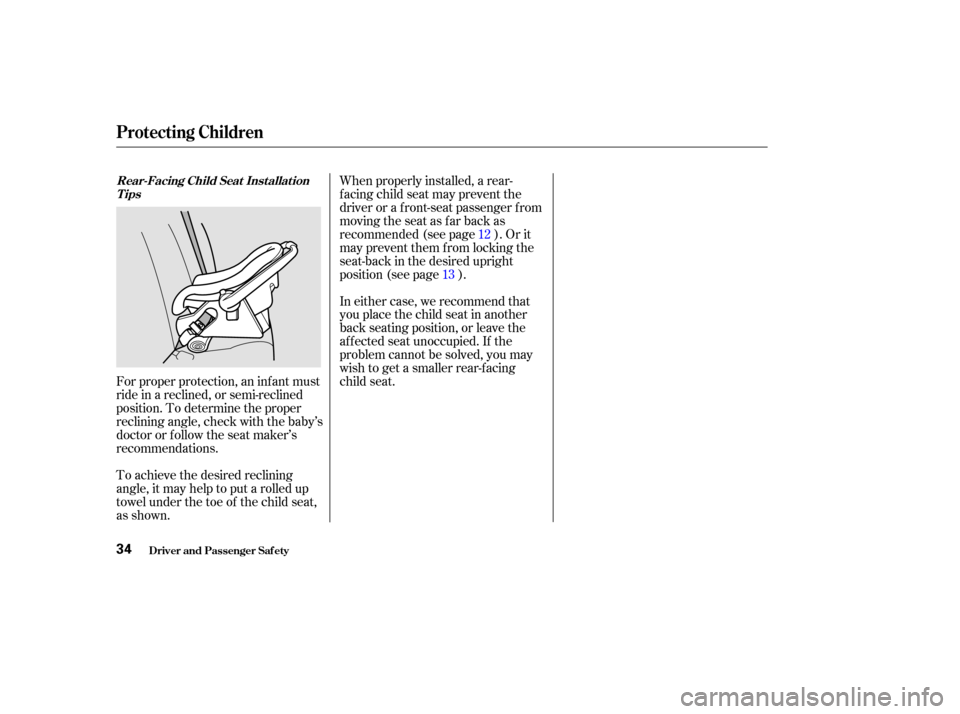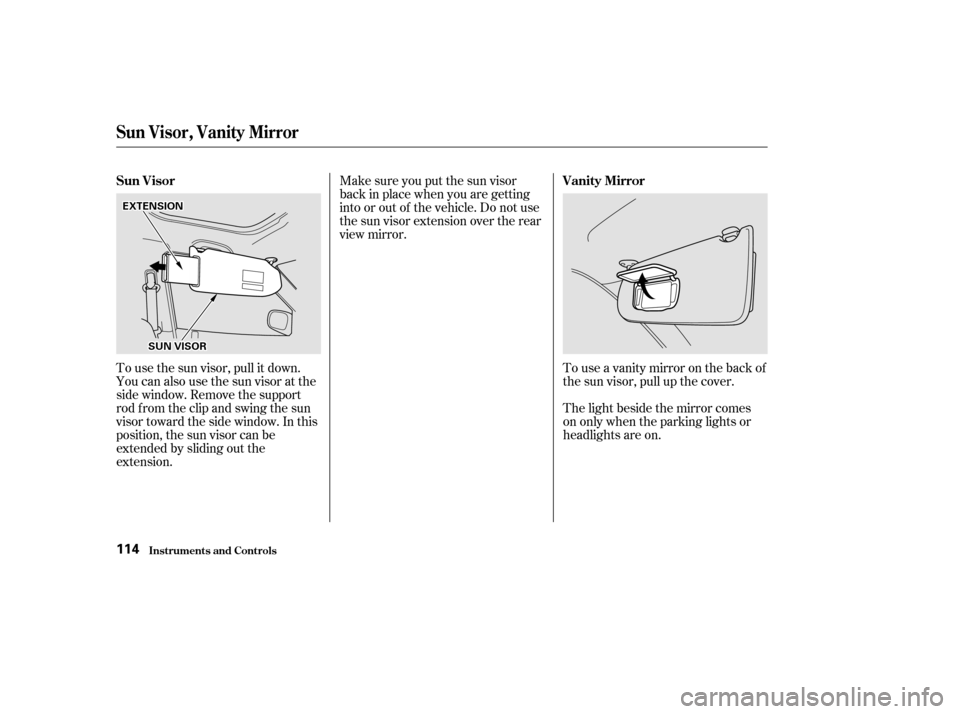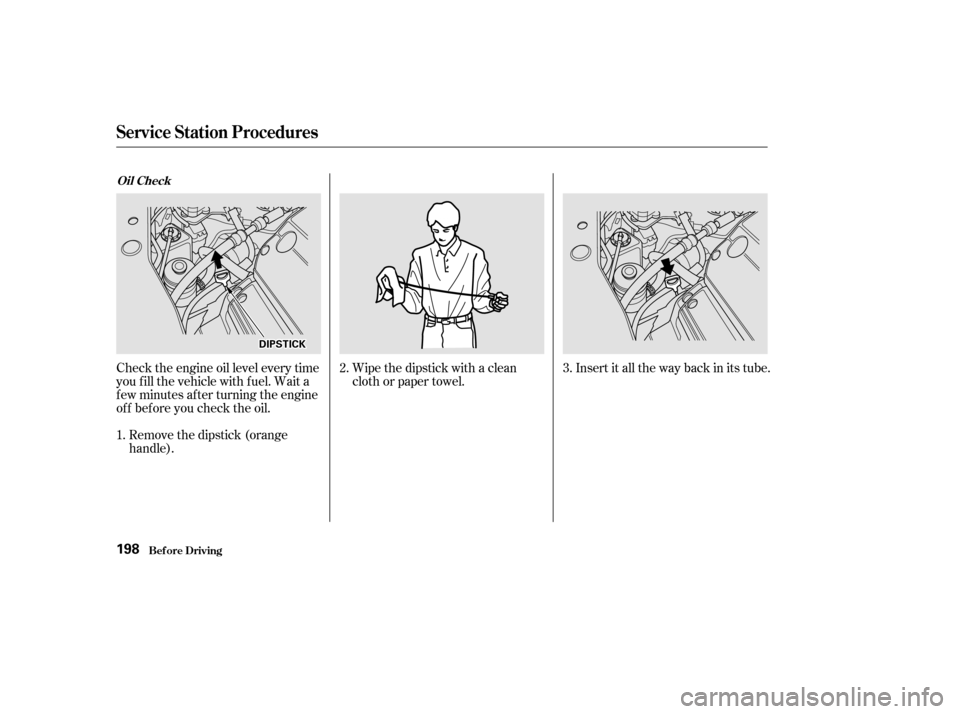tow Acura MDX 2002 Owner's Manual
[x] Cancel search | Manufacturer: ACURA, Model Year: 2002, Model line: MDX, Model: Acura MDX 2002Pages: 372, PDF Size: 5.48 MB
Page 1 of 372

2002 MDX Online Reference Owner's Manual Use these links (and links throughout this manual) to navigate through this reference.
For a printed owner's manual, click on authorized manuals or go to www.helminc.com.
Contents
Owner's Identification Form
Introduction ........................................................................\
............................................................................. i
A Few Words About Safety ........................................................................\
.................................................. ii
Important Handling Information ........................................................................\
..................................... iii
Your Vehicle at a Glance ........................................................................\
....................................................... 2
Driver and Passenger Safety ........................................................................\
............................................... 5
Proper use and care of your vehicle's seat belts, and Supplemental Restraint System.
Instru ments and Con trols........................................................................\
................................................... 59
Instrument panel indicator and gauge, and how to use dashboard and steering column controls.
Comfo rt and Convenience Features ........................................................................\
............................... 121
How to operate the climate control system, the audio system, and other convenience features.
Before Driving ........................................................................\
....................................................... ..............
193
What gasoline to use, how to break-in your new ve hicle, and how to load luggage and other cargo.
Driving ........................................................................\
....................................................... ............................
207
The proper way to start the engine, shift the tr ansmission, and park, plus towing a trailer.
Maintenance ........................................................................\
......................................................................... 247
The Maintenance Schedule shows you when you need to take your vehicle to the dealer.
Appearance Care ........................................................................\
................................................................. 305
Tips on cleaning and protecting your vehicle. Things to look for if your vehicle ever needs body repairs.
Taking Care of the Unexpected ........................................................................\
....................................... 313
This section covers several prob
lems motorists someti mes experience, and how to handle them.
Technical Information ........................................................................\
....................................................... 339
ID numbers, dimensions, capaciti es, and technical information.
Warranty and Customer Relations (U.S. and Canada) ......................................................................353
A summary of the warranties covering yo ur new Acura, and how to contact us.
Authorized Manuals (U.S. only) ........................................................................\
....................................... 357
How t o order manuals and other technical literature.
Index ........................................................................\
........................................................................................... I
Service Information Summary
A summary of information you need wh en you pull up to the fuel pump.
Page 22 of 372

Adjust the steering wheel, if needed,
so that the wheel points toward your
chest, not toward your f ace.
Pointing the steering wheel toward
your chest provides optimal
protection f rom the airbag.
See page f or how to adjust the
steering wheel.Sitting improperly can increase the
chance of injury during a crash. For
example, if an occupant slouches,
lies down, turns sideways, sits
forward, leans forward or sideways,
or puts one or both f eet up, the
chance of injury during a crash is
greatly increased. After all occupants have adjusted
their seats and put on seat belts, it is
very important that they continue to
sit upright, well back in their seats,
with their feet on the floor, until the
vehicle is parked and the engine is
off.
In addition, an occupant who is out of
position in the f ront seat can be
seriously or f atally injured by
striking interior parts of the vehicle,
or by being struck by an inf lating
f ront airbag. Being struck by an
inf lating side airbag can result in
possibly serious injuries.
Remember, to get the best
protection f rom your vehicle’s
airbags and other safety features,
you must sit properly and wear your
seat belt properly.
78
Adjust the Steering Wheel
Maintain a Proper Sitting
Position
6.
7.
Protecting Adults
Driver and Passenger Saf ety18
Sitting improperly or out of
position can result in serious
injury or death in a crash.
Always sit upright, well back in
the seat, with your feet on the
floor.
01/09/07 11:58:30 31S3V610_023
Page 25 of 372

Children depend on adults to protect
them. However, despite their best
intentions, many parents and other
adults may not know how to
protect young passengers.(See page
.)
(See page
.)
So if you have children, or if you ever
need to drive with a grandchild or
other children in your vehicle, be
sure to read this section. To reduce the number of child
deaths and injuries, every state and
Canadian province requires that
inf ants and children be restrained
whenever they ride in a vehicle. Each year, many children are injured
or killed in vehicle crashes because
they are either unrestrained or not
properly restrained. In f act, vehicle
accidents are the number one cause
of death of children ages 12 and
under.
38
26
properly
All Children Must Be Restrained
Anychildwhoistoosmalltoweara
seat belt should be properlyrest rained in a child seat .
A larger child should always berest rained wit h a seat belt .
Protecting Children
Driver and Passenger Saf ety21
Children who are unrestrained
or improperly restrained can be
seriously injured or killed in a
crash.
Any child too small for a seat
belt should be properly
restrained in a child seat. A
larger child should be properly
restrained with a seat belt.
01/09/07 11:58:59 31S3V610_026
Page 38 of 372

Forproperprotection,aninfantmust
ride in a reclined, or semi-reclined
position. To determine the proper
reclining angle, check with the baby’s
doctor or f ollow the seat maker’s
recommendations.
To achieve the desired reclining
angle, it may help to put a rolled up
towel under the toe of the child seat,
as shown.When properly installed, a rear-
f acing child seat may prevent the
driver or a f ront-seat passenger f rom
moving the seat as far back as
recommended (see page ). Or it
may prevent them f rom locking the
seat-back in the desired upright
position (see page ).
In either case, we recommend that
you place the child seat in another
back seating position, or leave the
af f ected seat unoccupied. If the
problem cannot be solved, you may
wish to get a smaller rear-f acing
child seat.
12
13
Rear-Facing Child Seat Inst allat ion Tips
Protecting Children
Driver and Passenger Saf ety34
01/09/07 12:01:09 31S3V610_039
Page 82 of 372

Push the lever up to lock the
steering wheel in that position.
Make sure you have securely
locked the steering wheel in place
by trying to move it up and down.
To adjust the steering wheel upward
or downward: Push the lever under the steering
column all the way down.
Move the steering wheel to the
desired position, making sure the
wheel points toward your chest,
not toward your f ace. Make sure
you can see the instrument panel
gauges and the indicator lights.
Make any steering wheel adjustment
bef ore you start driving.
3.
4.
1.
2.
See page f or important saf ety inf ormation about how to properlyposition the steering wheel. 18
Controls Near the Steering Wheel
Inst rument s and Cont rols
Steering Wheel A djustment
78
Adjusting the steering wheel
position while driving may
cause you to lose control of the
vehicle and be seriously injured
inacrash.
Adjust the steering wheel only
when the vehicle is stopped.
01/09/07 12:08:09 31S3V610_083
Page 118 of 372

To use the sun visor, pull it down.
You can also use the sun visor at the
side window. Remove the support
rod f rom the clip and swing the sun
visor toward the side window. In this
position, the sun visor can be
extended by sliding out the
extension.Touseavanitymirroronthebackof
the sun visor, pull up the cover.
Make sure you put the sun visor
back in place when you are getting
into or out of the vehicle. Do not use
the sun visor extension over the rear
view mirror.
The light beside the mirror comes
on only when the parking lights or
headlights are on.
Sun Visor
Vanity Mirror
Sun Visor, Vanit y Mirror
Inst rument s and Cont rols114
S SUUN N V
VI
ISSO OR R
E
E
X
X T
TE
EN
NS SIIOON N
01/09/07 12:13:46 31S3V610_119
Page 198 of 372

Help assure your vehicle’s f uture
reliability and perf ormance by paying
extra attention to how you drive
during the f irst 600 miles (1,000 km).
During this period:Avoid full-throttle starts and rapid
acceleration. Youshouldfollowthesesamere-
commendations with an overhauled
or exchanged engine, or when the
brakes are replaced.
Do not change the oil until the
recommended time or mileage
intervalshowninthemaintenance
schedule.
Avoidhardbraking.Newbrakes
need to be broken-in by moderate
use f or the f irst 200 miles (300
km). Your Acura is designed to operate on
premium unleaded gasoline with a
pump octane number of 91 or higher.
Use of a lower octane gasoline can
cause occasional, metallic knocking
noises in the engine and will result in
decreased engine perf ormance.
We recommend gasolines containing
detergent additives that help prevent
f uel system and engine deposits.
Using gasoline containing lead will
damage your vehicle’s emissions
controls. This contributes to air
pollution.
We also recommend that you do not
tow a trailer during the f irst 500
miles (800 km).
Break-in Period, Gasoline
Bef ore Driving
Break-in Period
Gasoline
194
01/09/07 12:25:58 31S3V610_199
Page 202 of 372

Wipe the dipstick with a clean
cloth or paper towel.Insert it all the way back in its tube.
Check the engine oil level every time
you f ill the vehicle with f uel. Wait a
f ew minutes af ter turning the engine
of f bef ore you check the oil.
Remove the dipstick (orange
handle). 3.
2.
1.
Oil Check
Service Station Procedures
Bef ore Driving198
D D I
IPP S
ST TI
ICCK K
01/09/07 12:26:34 31S3V610_203
Page 207 of 372

Your vehicle has several convenient
storage areas so you can stow cargo
saf ely.
The glove box, and the pockets in
the f ront doors and seat-backs, are
designed f or small, lightweight items.
The cargo area is intended f or larger,
heavier items. The second and third
row seats can be f olded f lat to allow
you to carry more cargo or longer
items.
However, carrying too much cargo,
or improperly storing it, can af f ect
your vehicle’s handling, stability, and
operation and make it unsafe. Before
carrying any type of cargo, be sure to
read the f ollowing pages.
Carrying Cargo
Bef ore Driving203
G GLLOOV VE
E B
BOOX X
S
SEEA
A T
T-
-B
BA A C
CKK P
PO
OC CKKEET
T
C
CAA R
RGGO O A
AR
REEA
A
R
RE
EA
A R
R C
COOM M P
PA
A R
RTTM
M E
EN
NT T
D
D
O
OO ORR P
PO
OC CKKEET
T
01/09/07 12:27:27 31S3V610_208
Page 208 of 372

Store or secure all items that could
be thrown around and hurt
someone during a crash.
Be sure items placed on the f loor
behind the f ront seats cannot roll
under the seats and interf ere with
the driver’s ability to operate the
pedals, or with the proper
operation of the seats.
Keep the glove box closed while
driving. If the lid is open, a
passenger could injure their knees
during a crash or sudden stop.
This f igure includes the total weight
of all occupants, cargo, accessories,
and the tongue weight if you are
towing a trailer.
The f inal number is the total weight
of cargo you can carry.
If you are towing a trailer, add the
tongue weight to the number
above. Add up the weight of all occupants.
To f igure out how much cargo you
can carry: When you load luggage, the total
weight of the vehicle, all passengers,
cargo, and trailer tongue load must
not exceed the Gross Vehicle
Weight Rating (GVWR). The load
for the front and rear axles also must
not exceed the Gross Axle Weight
Rating (GAWR). The GVWR and
GAWRareprintedonthetire
information label attached to the
driver’s doorjamb (see page ).
Subtract the total f rom 1,158 lbs
(525 kg).
The maximum load f or your vehicle
is 1,158 lbs (525 kg).
342Carrying Items in the Passenger
Compartment
Load Limit
Carrying Cargo
Bef ore Driving204
Overloading or improper
loading can affect handling and
stability and cause a crash in
which you can be hurt or killed.
Follow all load limits and other
loading guidelines in this
manual.
01/09/07 12:27:41 31S3V610_209